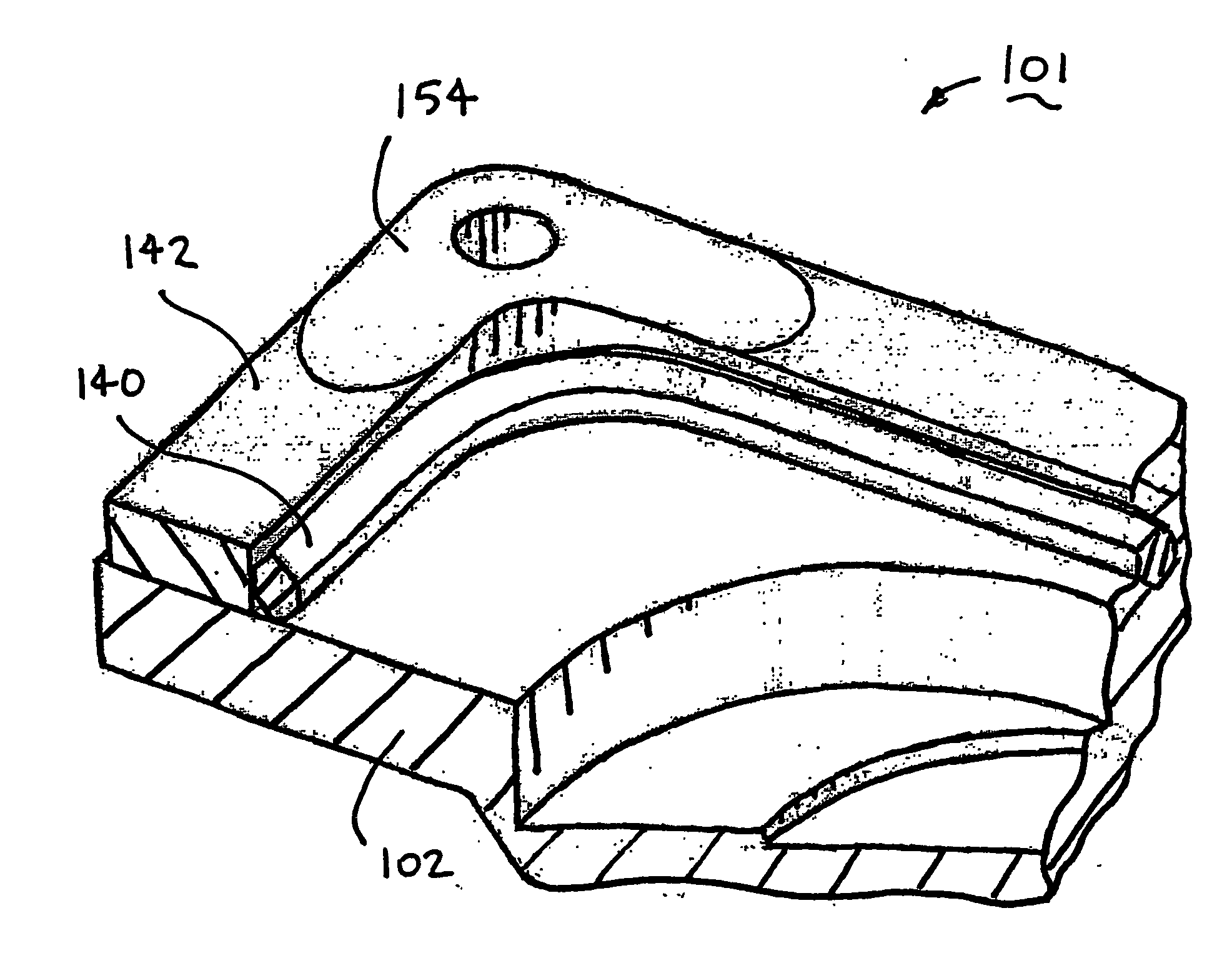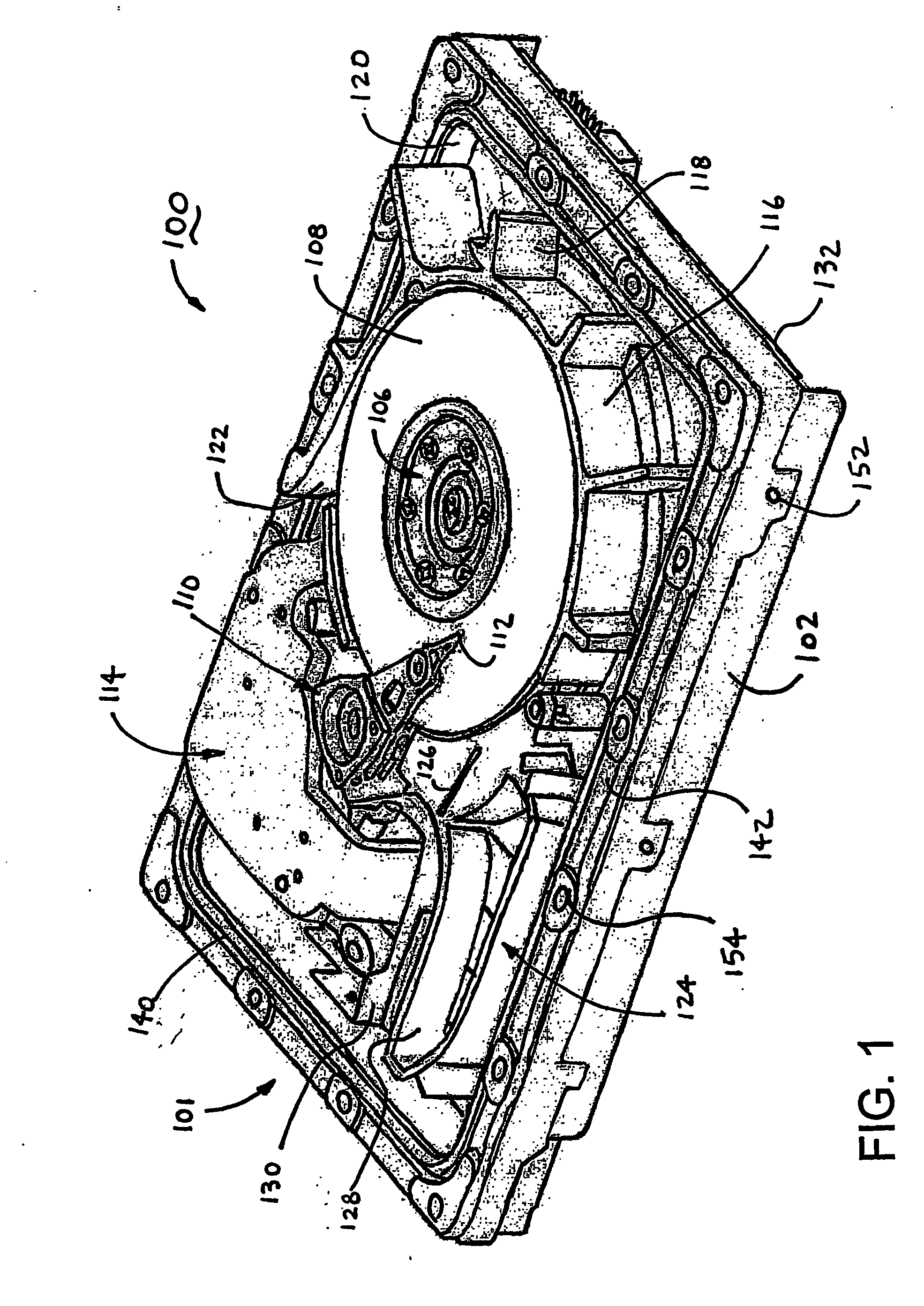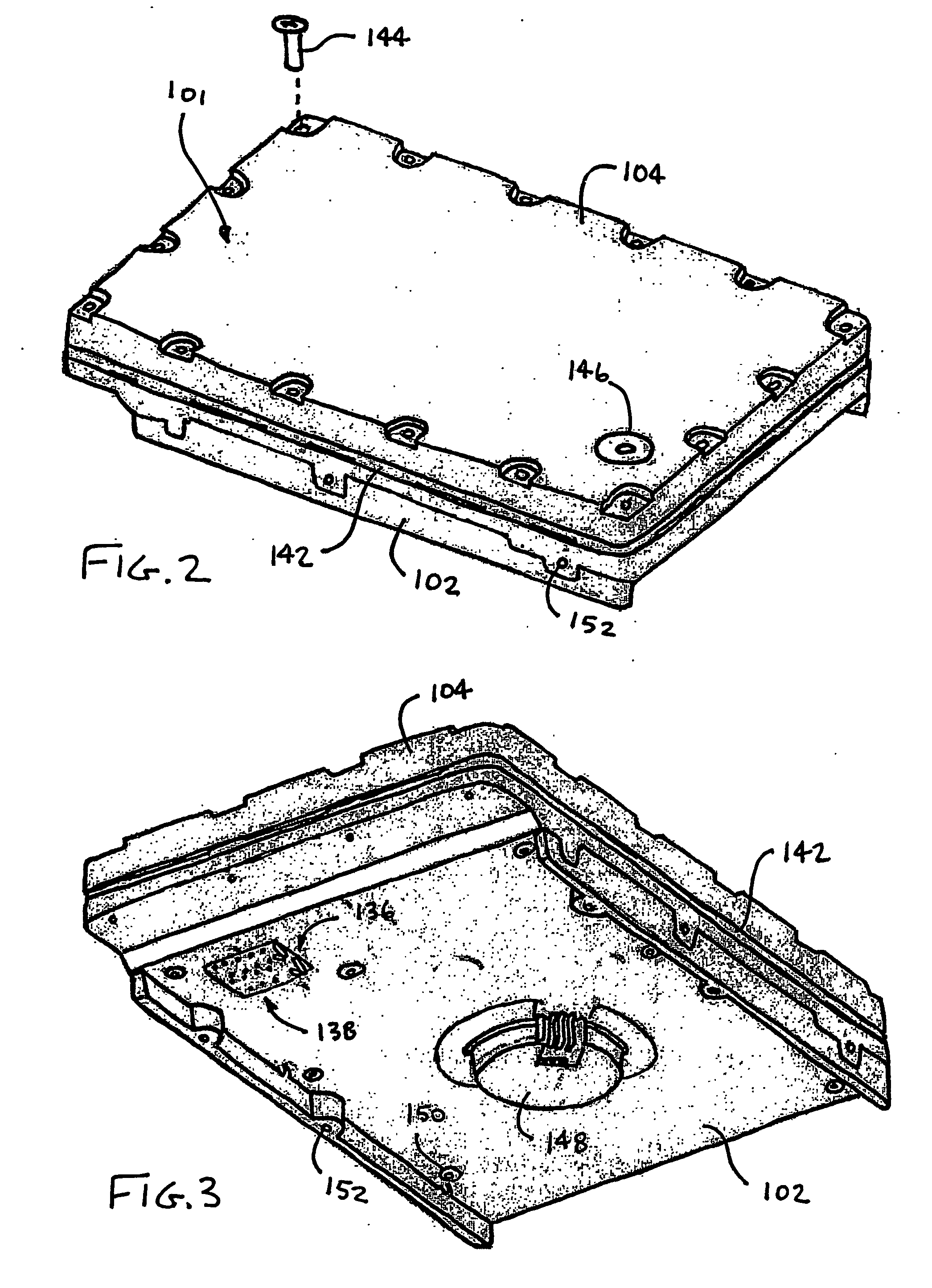One area in which the use of cuffed ventilation tubes is still problematic is the
tracheal intubation of newborns and children.
Cuffed pediatric ventilation tubes are considered to be decidedly risky for the patient, since injuries to the trachea and the
larynx have been caused time and again by the filling of the cuff balloon.
The reduced supply,
infarction and die-off of the affected tissues and structures can lead to extremely severe, lifelong impairment or to the death of the child.
Ventilation tubes equipped with so-called low-volume / high-pressure cuffs are especially problematic in this connection.
The expansion pressures that come to be exerted on the adjacent tissue as a result almost always bring about the complete interruption of vascular supply, and, in short order, degeneration of the structures adjacent the cuff.
Problems still remain, however, in attempting to apply the high-volume / low-pressure principle that has proven effective for adults to ventilation tubes for intubating premature infants, newborns, children and toddlers.
With the cuff materials currently in wide use, such as PVC, latex and
silicone, it is not possible to make residual-volume cuff balloons which in terms of shape and size meet the special requirements of intubating the airways in the child and which can be relied on to behave atraumatically, especially during relatively long-term
intubation.
Thus, although it is theoretically feasible from a technical standpoint to give the balloons the type of
geometric configuration necessary to ensure low-pressure behavior with the use of conventional materials, because of the specific properties of these materials such cuff balloons are nonetheless unsuitable for pediatric ventilation.
If PVC cuffs are made much thinner-walled than this, they carry the risk of focal, nonelastic
evagination (herniation) of the cuff wall even under a very slight
pressure load (of 20 to 30 mbar, as is usual for
tracheal intubation), leading in the worst case to displacement of the distal opening of the
ventilation tube by the
hernia as it forms and to a much-feared valve effect during ventilation.
Since latex-based cuff balloons are produced by dipping, for one thing it is technically difficult to produce thin-walled balloons less than 100 micrometers thick, and for another, in many cases such balloons show inadequate resistance to mechanical stress under ventilation conditions.
Moreover, latex-based components are now deemed unsuitable because of their potential allergenicity.
The
special design criteria that must be met by a cuff balloon for atraumatic pediatric
intubation, such as small radii in the cuff shoulder, a residual
diameter, and a cylinder-like conformation of the cuff balloon with a short overall length for the cylinder (cuff), entail a variety of risks for pediatric patients when a cuff is made in this fashion from conventional materials.
This can lead to
reflex-provoking irritations (laryngospasm) of the
larynx or
vocal folds (
glottis) by the bulging cuff envelope resting in folds on the shaft.
In many cases, in the evacuated state the envelope of a conventional cuff will also form sharp-edged overlying folds that face the mucosa and can inflict
cutting injuries on it, or may even make penetrating cuts into deeper-
lying structures, during both intubation and extubation of the cuff.
Moreover, with pediatric cuffs of conventional design, owing to the thickness of the
wall material and the resulting rigidity, there is no guarantee in many cases that in the tracheally blocked state pressure will be distributed uniformly from the cuff balloon to the tracheal mucosa.
As the folds form in situ, the rigidity of the cuff envelope often causes compression and congestion (bruising) of the mucosa in the area of the gusset-shaped onset—facing the
tracheal wall—of the fold in the cuff wall.
Moreover, in many cases pressure maxima that are operative transmurally occur in the portions of the balloon that are convex in the direction of the trachea and are located between the invaginated regions of the folds, where, as a focal phenomenon, they can cause critical pressures to be exerted against the adjacent tissue that far exceed the actual filling pressure of the cuff, resulting in proportionate hypoperfusion of the adjacent mucosa (
infarction).
The folding pattern assumed in the trachea by a correspondingly shaped cuff balloon made from conventional materials is usually coarse because of the lack of
pliability of the cuff envelope, and is not very efficient in sealing against gas emanating from the direction of the lungs (the trachea and the bronchi) and secreta emanating from the direction of the
throat.
This is problematic especially when the filling pressure of the cuff is exceeded briefly by the ventilatory pressure exerted on the cuff from the direction of the trachea and the bronchi.
Thus, pediatric ventilation tubes with cuff balloons can currently be made from conventional materials only in a functionally inadequate and potentially traumatizing manner.
Due to the difficulty or impossibility of reconciling conventional cuff materials with a low-pressure cuff geometry or conformation, the cuff balloons of many pediatric ventilation tubes are currently being designed with an insufficient or nonexistent residuum (low-volume / high-pressure cuff).
The residual
diameter of the central portion will then be adequate under some circumstances, but the portion stretched into the spindle shape proximal and distal to the central portion usually makes for a potentially traumatizing excessive length for the cuff.
Upon improper intubation (cuff placed too high in the trachea) and the use of improperly designed tracheal tubes (overlong cuff), lesions of utmost severity and an extremely
high likelihood of complication occur in this portion of the child's airways.
The subglottic larynx must therefore be considered a particular source of risk in the design of cuffed pediatric ventilation tubes.
Even today, the high overall application risk of conventional cuffed pediatric tubes still prompts the overwhelming majority of users to reject the cuff entirely as a sealing element.
Pediatric tracheal tubes without sealing cuff balloons are disadvantageous for ventilation in many cases, however.
Surgery is especially problematic, requiring very constant maintenance of
anesthesia (stable ventilatory minute volume) and constant blood gas levels, as is potentially the case, for example, with cardiac or neurosurgical intraoperative ventilation.
During
intensive care ventilation, spontaneous changes in the position of the child can be associated with sharply fluctuating air leaks and render stable ventilation impossible despite close vigilance.
A cuffed tube is also sometimes preferred in heavily bleeding interventions in the head region or in intraoperative
antiseptic irrigation of the buccal and pharyngeal cavities, due to the inadequate sealing efficiency of a cuffless tube.
Blood, flushed-out debris and secretions from the
throat will otherwise find their way largely unimpeded into the distal airways and can significantly complicate the ventilatory course and the course during and immediately after extubation.
 Login to View More
Login to View More  Login to View More
Login to View More 


